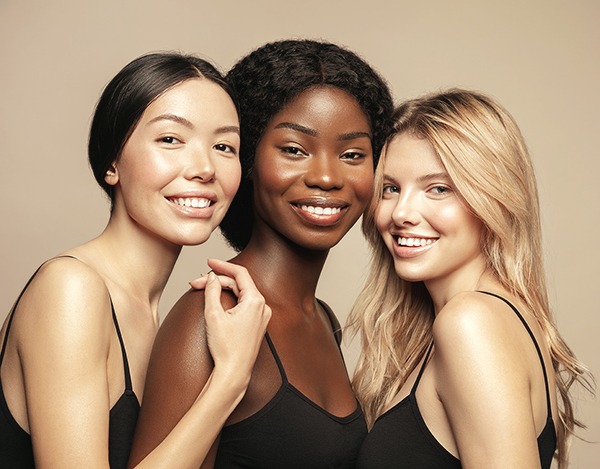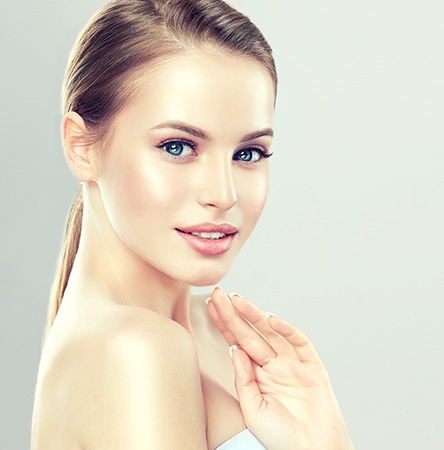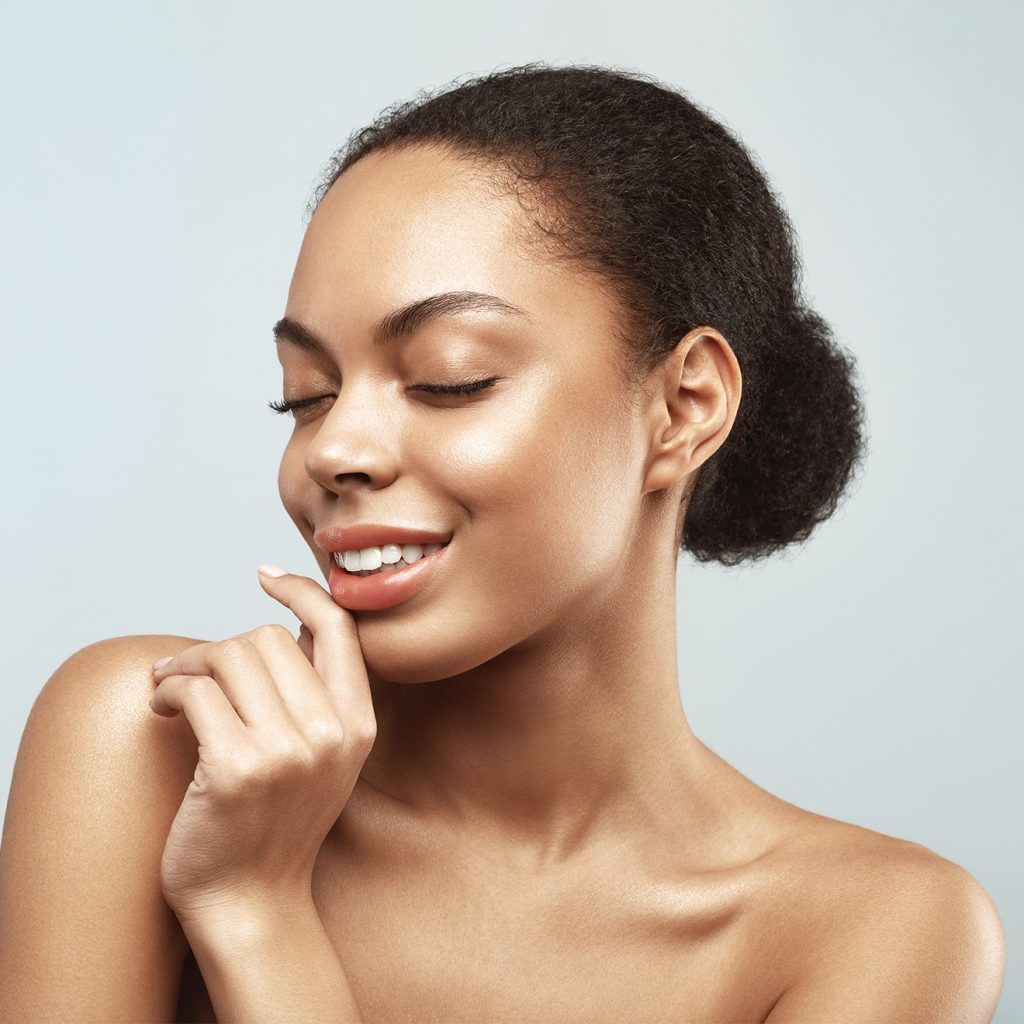You will meet with the doctor and he or she will determine if you are a good candidate for IPL treatment. The doctor will want to know about your medical history, examine your skin, and discuss why you are considering IPL. Then, the doctor will explain to you what can and cannot be treated with IPL. You may be asked to have a spot test done to see if your skin reacts well to IPL. The doctor will also advise you on about how many treatments will be needed to achieve your goal. You should also ask about the risks associated with IPL, as well as the cost.
The technician or doctor will determine if you need a topical anesthetic on the area to be treated. After the treatment area is numb, a gel will be applied and a glass prism will then be placed over the gel and treatment area. An intense flash of light, or pulse, is beamed through the prism to the treatment area.
IPL treats various conditions from unwanted hair, post inflammatory hyperpigmentation, brown spots and changes in skin tone from photo/sun damage skin, small vessel formations on the skin like cherry angiomas and telangiectasia.



